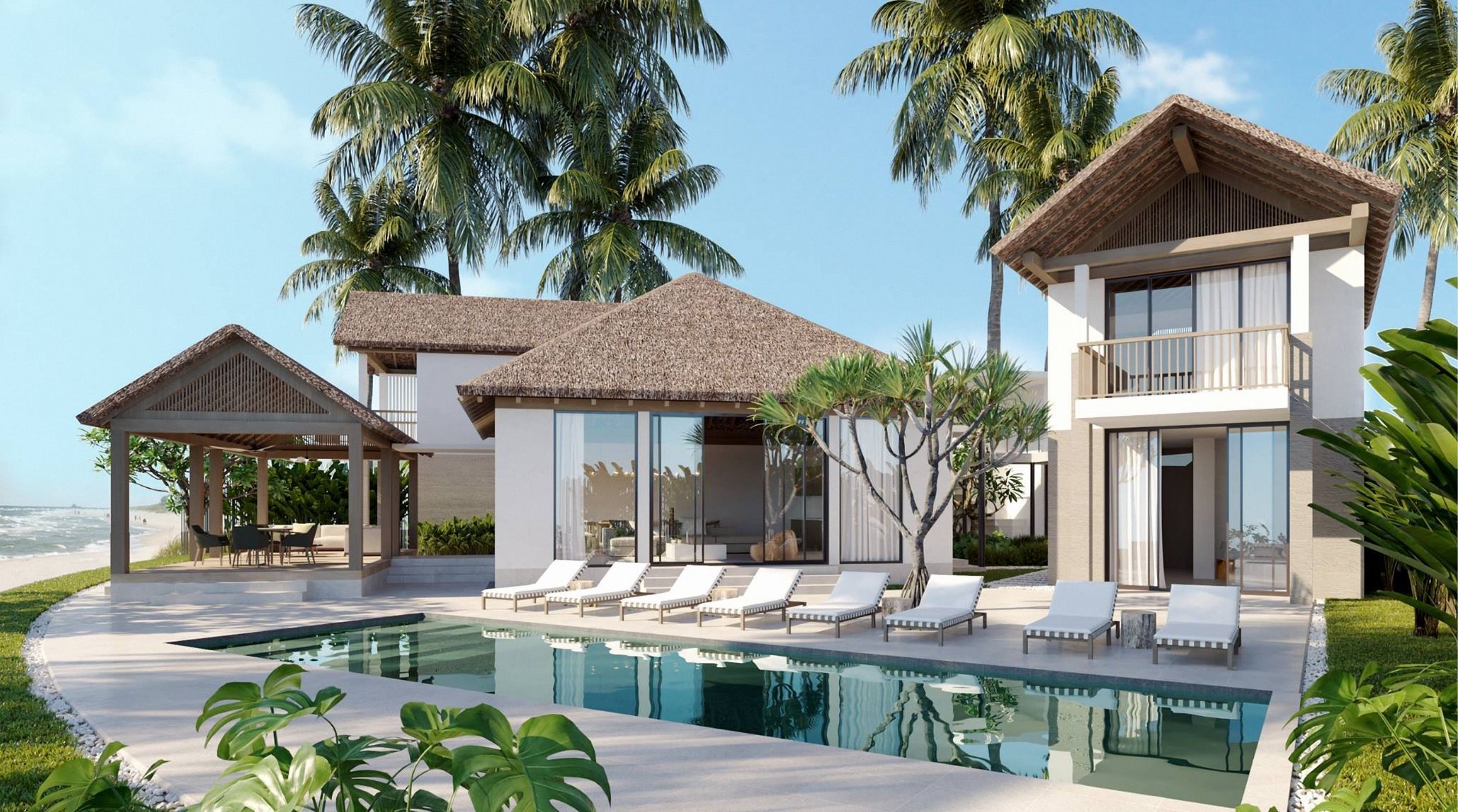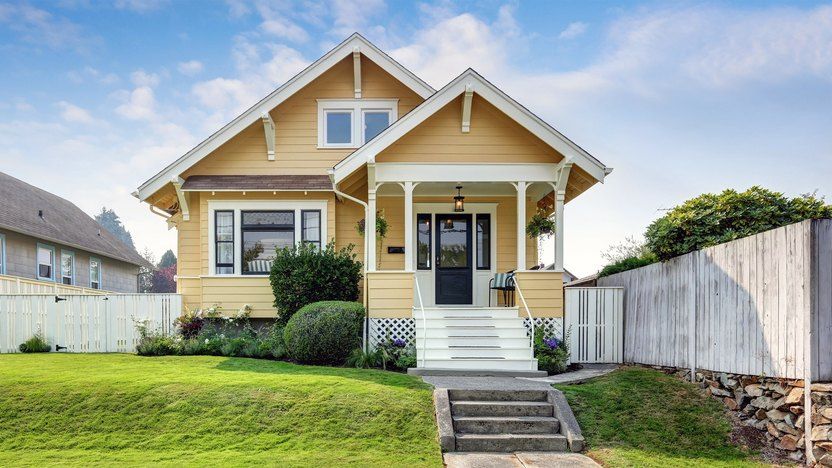
“
Discover the charm and adaptability of bungalows with our exploration of Versatile Bungalow Facts. These unique homes, originating from India and now popular worldwide, blend simplicity with functionality, making them a favorite choice across diverse climates and cultures. Join us as we delve into the intriguing features and benefits of bungalows that make them an enduring and beloved style of home.1
1
”
The origins of the bungalow as a housing type remain a topic of debate among historians. Some attribute the invention of the bungalow form to architects Charles and Henry Greene, crediting them with building the first bungalow in 1903. 1
Modern bungalows often incorporate eco-friendly features such as green roofs and solar panels to minimise their environmental impact. Their compact size contributes to reduced energy consumption and a smaller overall carbon footprint. 2
Historic bungalows, particularly those in regions like California, are preserved as significant landmarks. These homes reflect unique architectural styles and historical contexts, offering a glimpse into past eras and their cultural values. 3
Bungalows are known for their open floor plans that maximize natural light and create a spacious feel despite being single-story. This design feature enhances the home's airy atmosphere and makes the living space feel larger and more inviting. 4

Craftsman bungalow homes, often regarded as the quintessential American bungalow-style residences. These charming homes are characterised by their modest size, shingled gabled roofs, and straightforward construction methods.
Many contemporary bungalows are constructed with sustainable materials such as bamboo and reclaimed wood, demonstrating a commitment to environmentally friendly building practices. This choice of materials aligns with the growing trend towards eco-conscious construction. 5
Modern bungalows frequently include smart home technology like automated lighting, climate control, and advanced security systems. These features provide increased convenience and efficiency, making daily living more comfortable and connected. 6
The oldest genuine bungalow in the world is Known as “Fair Outlook,” this historic property was built by architect John Taylor in 1874 as a holiday home for himself. 7
In the 1920s and 1930s, bungalows often incorporated Art Deco elements, adding a layer of sophistication and glamour to their otherwise modest design. This blend of styles created a unique and visually striking architectural statement. 8
The cozy and inviting nature of bungalows makes them ideal for vacation rentals, often located in scenic and picturesque settings. Their charm and comfort attract travelers seeking a homey retreat away from the hustle and bustle of everyday life. 9
Restoration projects are actively working to revitalize historic bungalows, preserving their architectural integrity while updating them with modern amenities. This effort ensures that these historical homes remain relevant and functional for contemporary living. 10
Bungalows are a popular choice for those embracing minimalist lifestyles, offering a practical and efficient living space without unnecessary extras. Their compact design aligns well with the principles of simplicity and intentional living. 11
The presence of front and back yards in bungalows provides ample space for gardening and outdoor activities, making them appealing to nature enthusiasts. This feature allows residents to enjoy private outdoor areas for relaxation and hobbies. 12
Some bungalows have been repurposed as museums or tourist attractions, highlighting their historical and architectural significance. These transformed homes offer visitors an opportunity to explore and appreciate their cultural heritage. 13

The single-story design of bungalows makes them particularly suitable for pet owners, providing easy access to outdoor areas and minimizing mobility issues for animals. This layout supports a pet-friendly environment and enhances pet comfort.
Sustainable landscaping practices, such as xeriscaping and native plant gardens, are often integrated into bungalow designs. These approaches conserve water and reduce maintenance, contributing to the property's eco-friendly profile. 14
Efforts to preserve historical bungalows focus on maintaining their distinctive architectural styles and historical value. These initiatives protect the homes from demolition and ensure that their cultural significance is honored. 15
Bungalow communities are thoughtfully designed to blend with their natural surroundings, often enhancing the local landscape. This integration fosters a harmonious relationship between the homes and their environment, creating a pleasing visual and ecological balance. 16
The open, flowing design of bungalows promotes a relaxed and comfortable living environment, ideal for family life and social gatherings. The layout encourages a sense of openness and connection within the home. 17
Due to their efficient use of space and compact design, bungalows have a lower environmental impact compared to larger homes. This characteristic appeals to those who prioritize reducing their ecological footprint while maintaining a functional living space. 18


